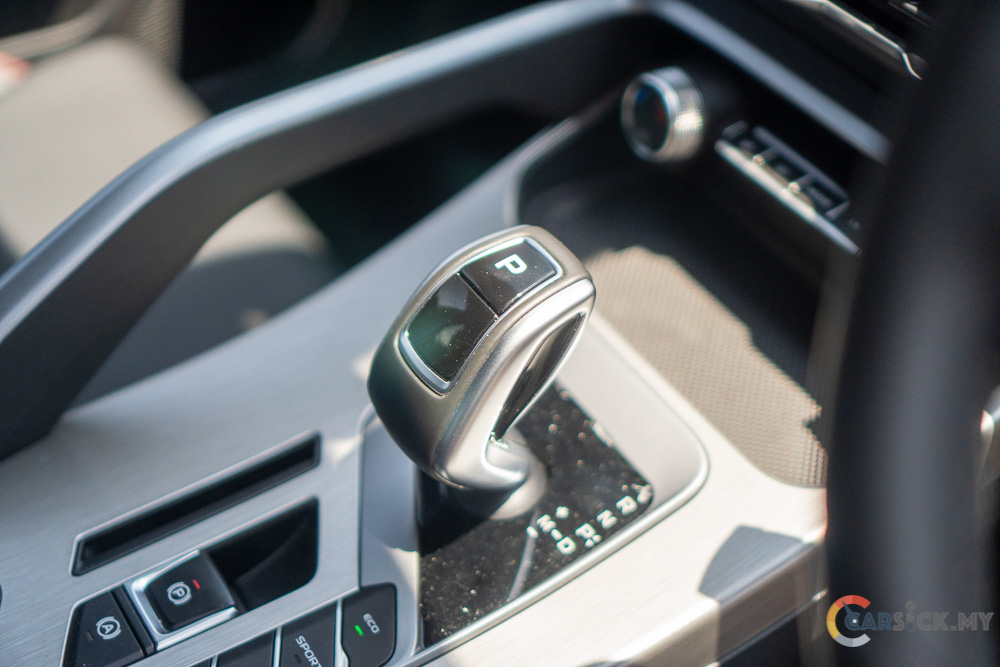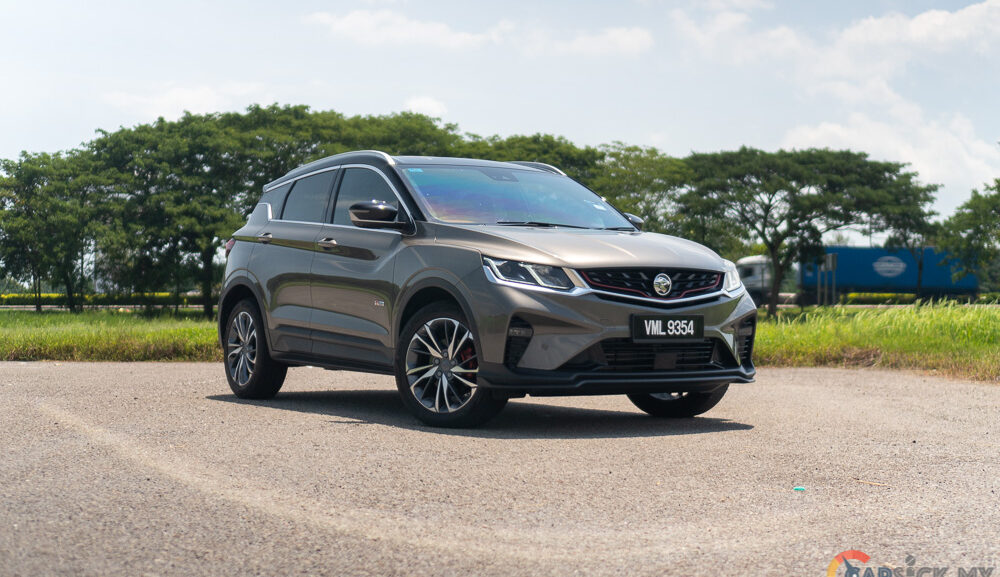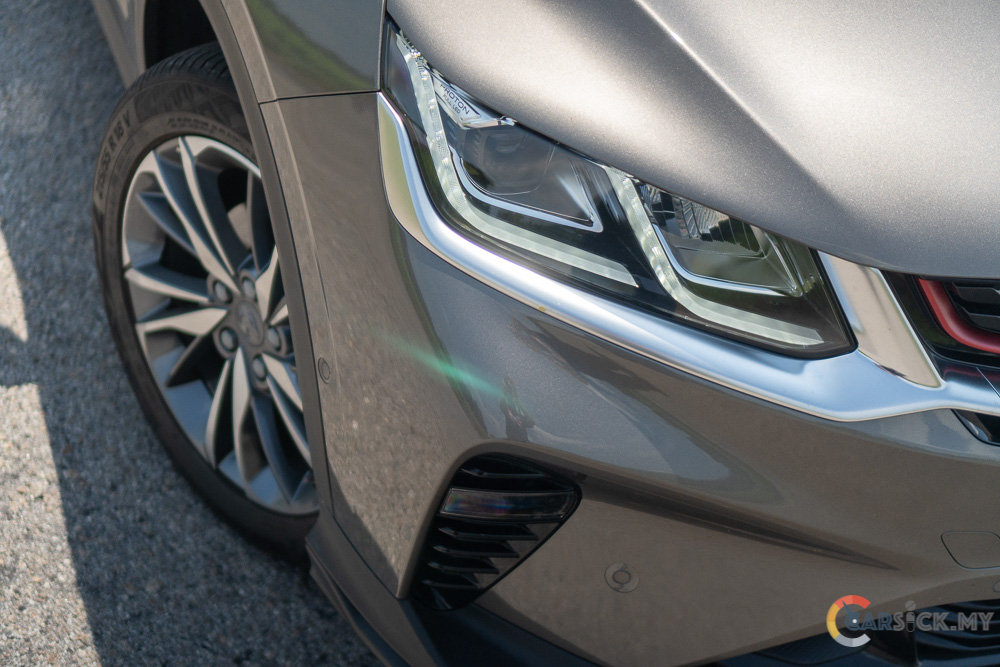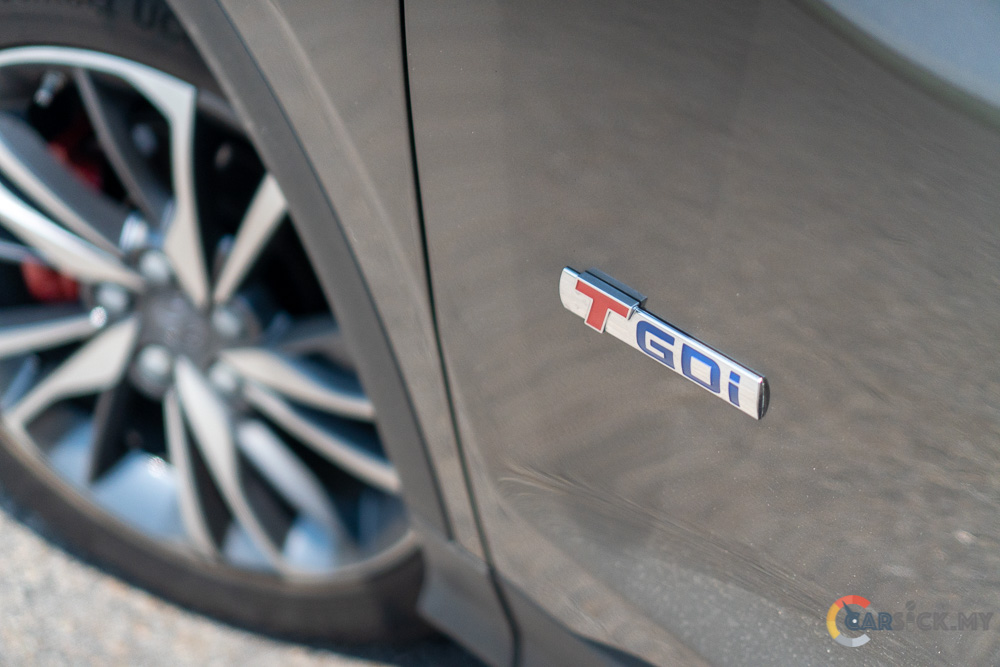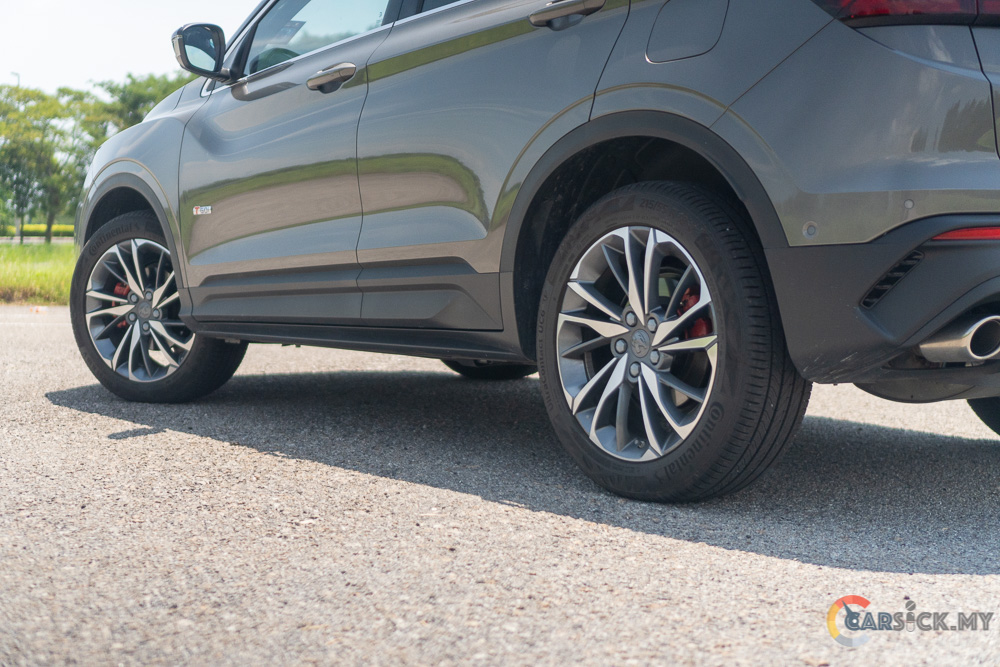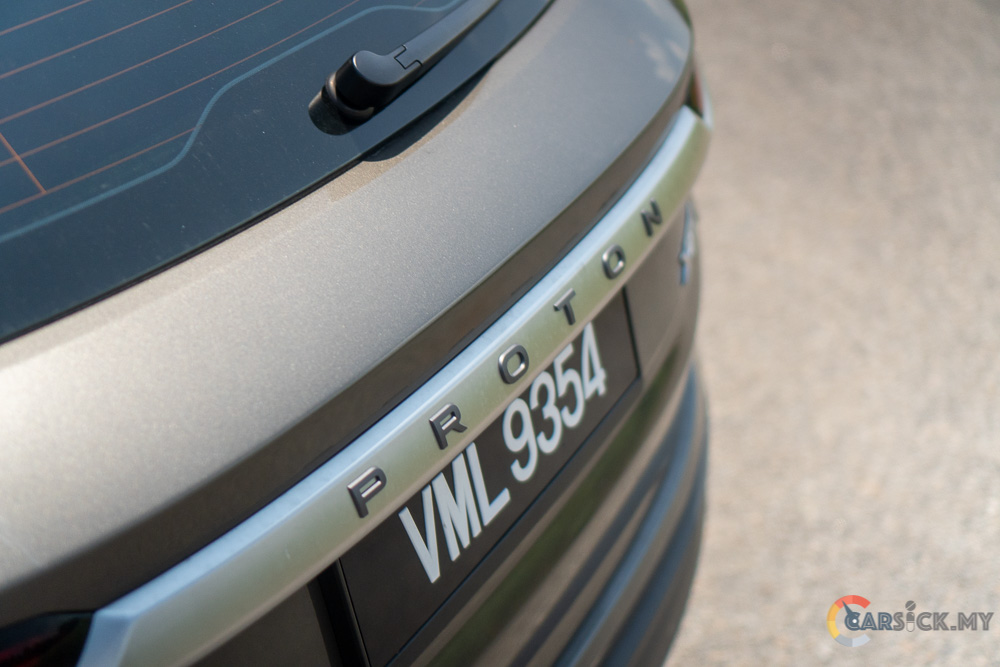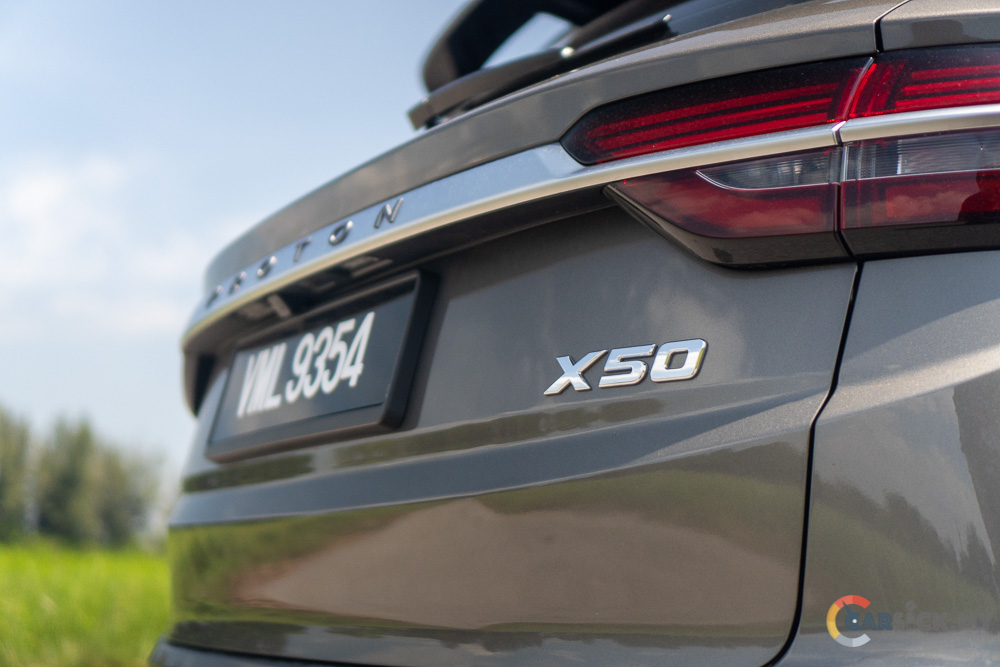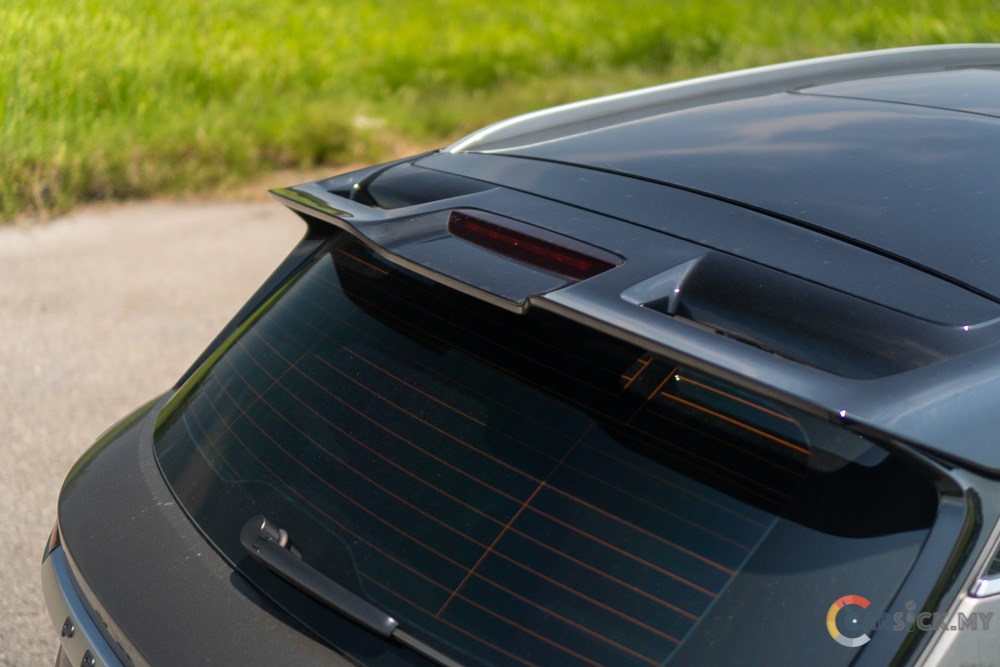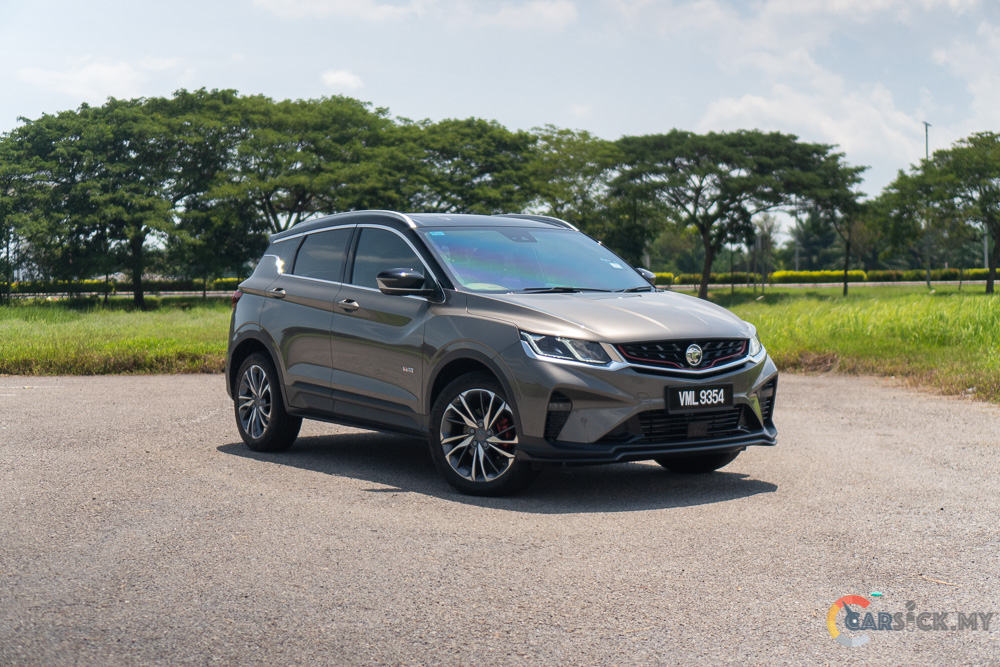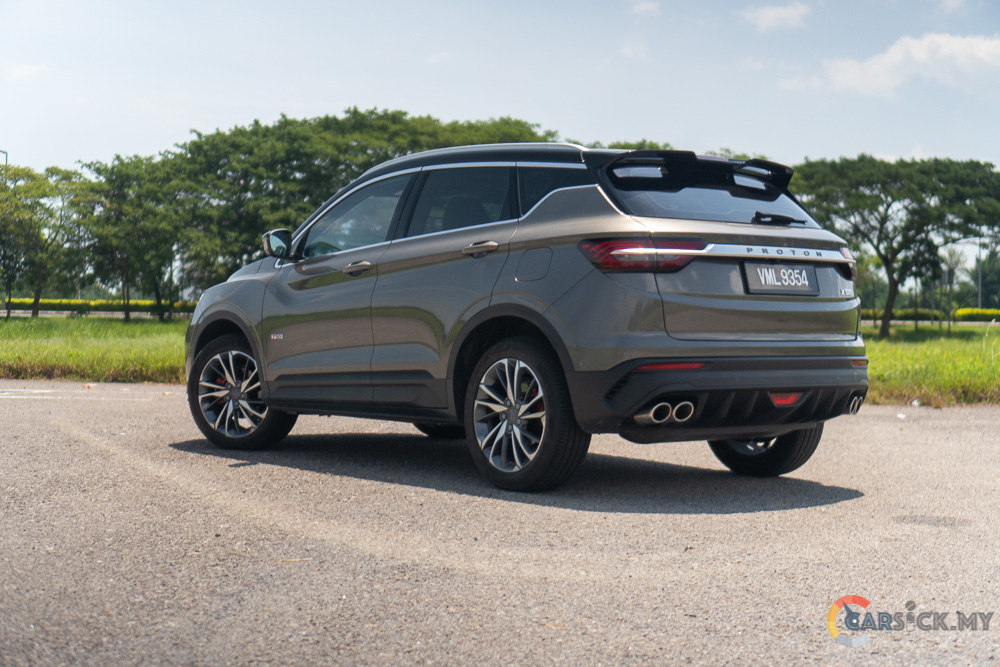The B-segment SUV market is heating up in Malaysia for 2024. This surge is fueled by a significant influx of Chinese brands offering similar products to compete in this segment. One of the earliest entrants, the Proton X50, has been around for quite a while now. To make it more appealing to Malaysians, Proton has made some minor updates to freshen up this model. In this review, I’ll take a closer look at the updated Proton X50 and assess whether it has what it takes to compete with newer rivals in the segment with its 2024 updates.
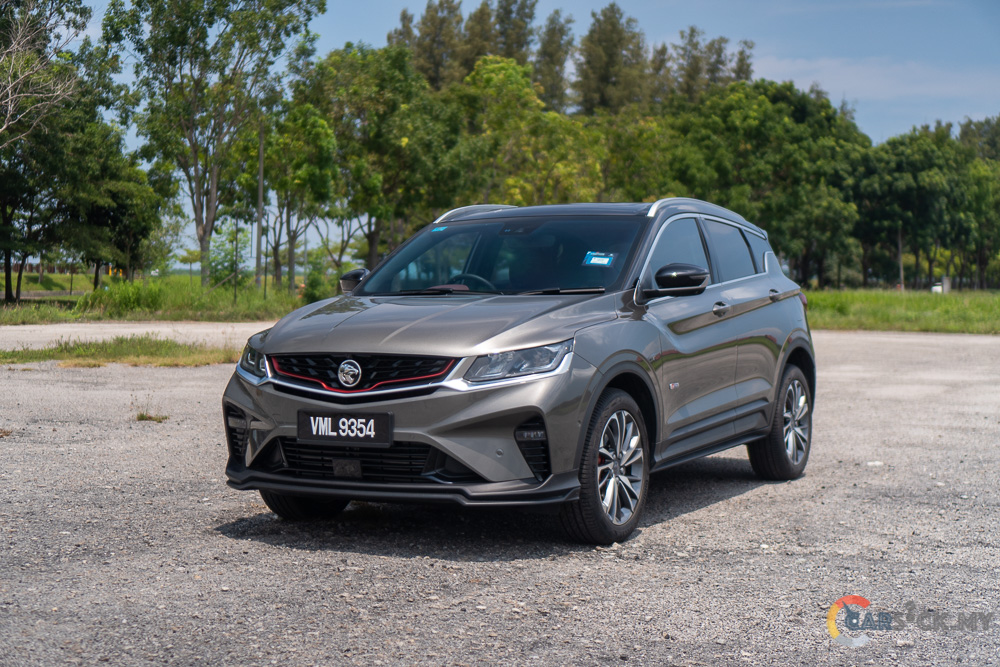
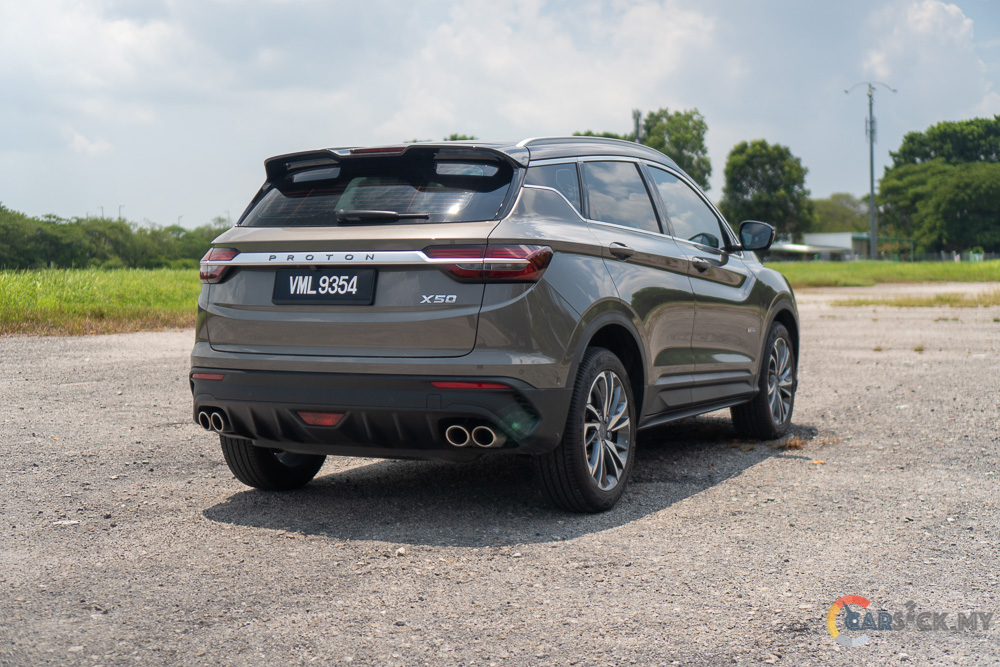 If you’re trying to spot the updated X50 on the road, it will likely be difficult to differentiate from its predecessor. This is because no changes have been made to the exterior of the vehicle. If you’re looking for a model that looks drastically different, you’ll probably have to wait for the next major update, which will likely come with a completely redesigned exterior. For now, the updates to the latest X50 are more of an engineering enhancement—something you can’t see but can feel.
If you’re trying to spot the updated X50 on the road, it will likely be difficult to differentiate from its predecessor. This is because no changes have been made to the exterior of the vehicle. If you’re looking for a model that looks drastically different, you’ll probably have to wait for the next major update, which will likely come with a completely redesigned exterior. For now, the updates to the latest X50 are more of an engineering enhancement—something you can’t see but can feel. 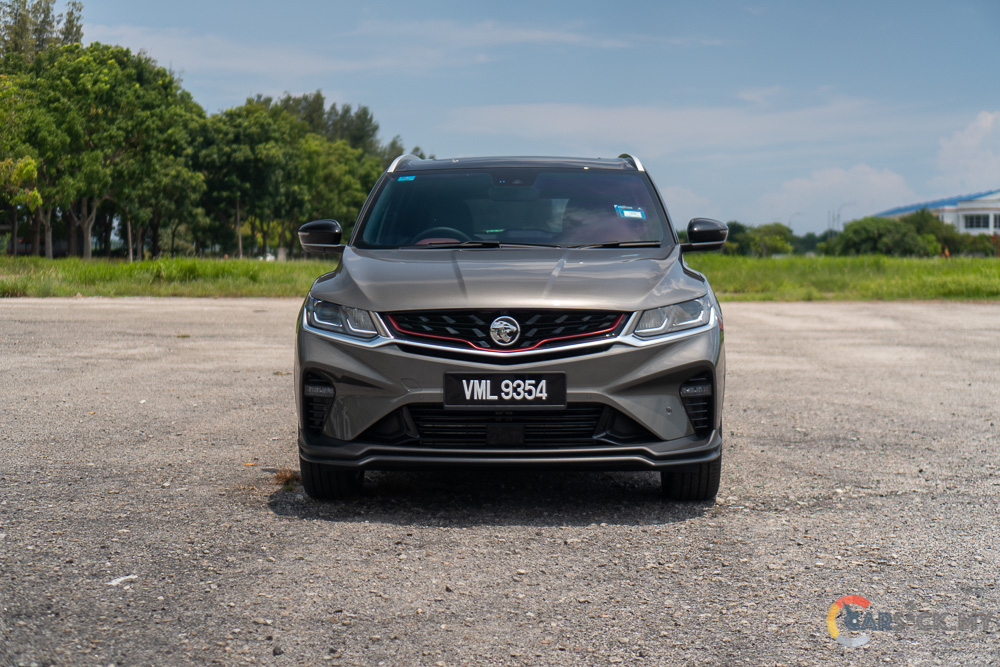
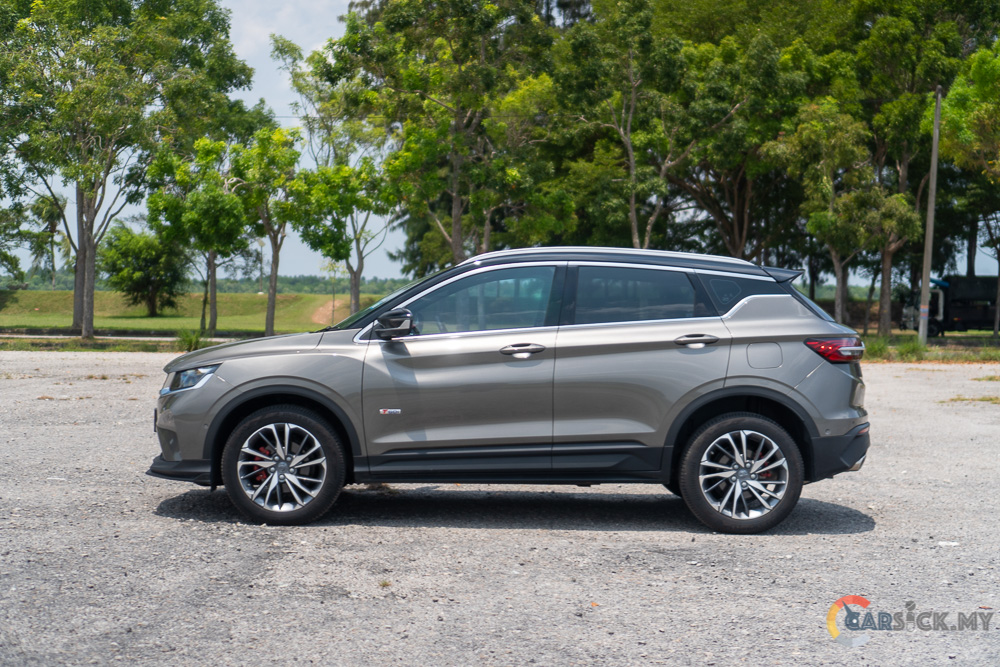
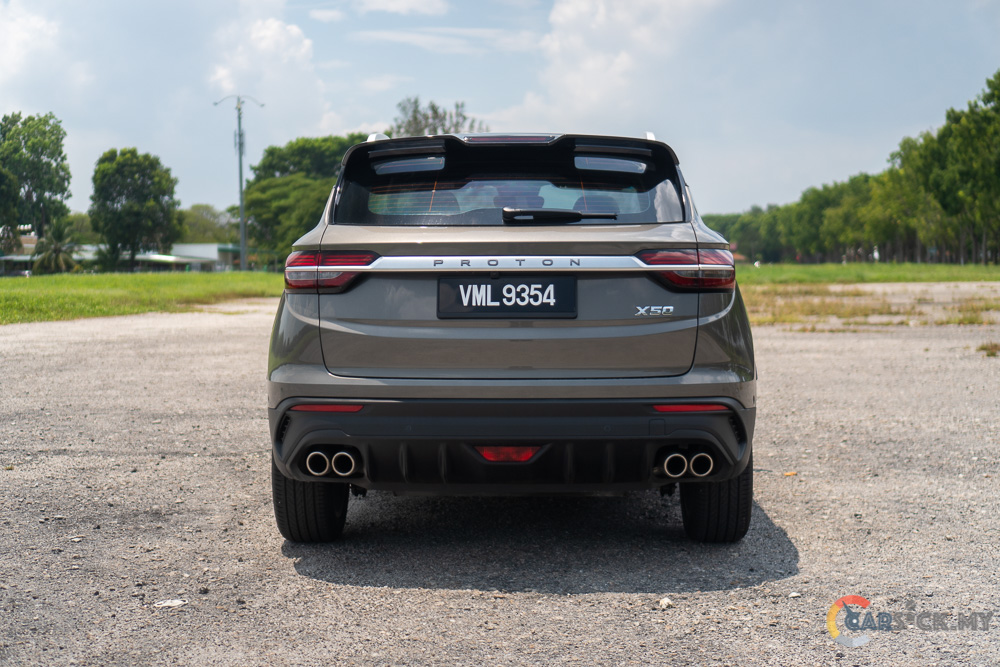
Starting with the engine, while it remains the same 1.5L turbocharged 3-cylinder engine, it is now built locally in Malaysia. The engine still produces a solid 177 PS of power and 255 Nm of peak torque, and the transmission remains the same 7-speed dual-clutch unit. I’ll discuss the driving experience a bit later after going through the updates on the X50. Proton is also proud to announce that they’ve improved the NVH (Noise, Vibration, and Harshness) levels. This has been achieved by strengthening the chassis and adding more sound-deadening materials throughout the vehicle. 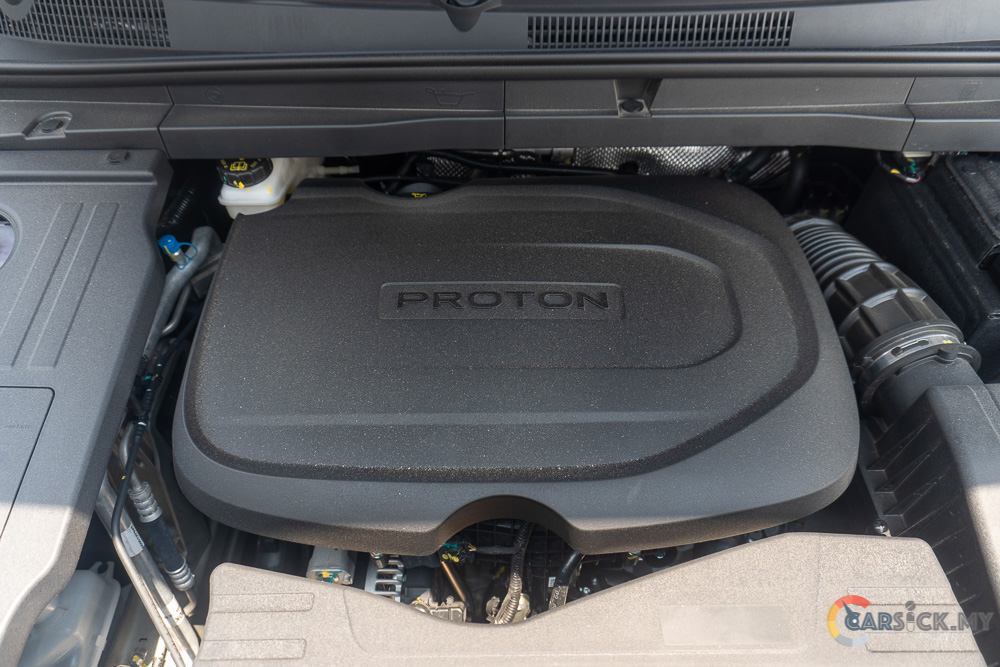
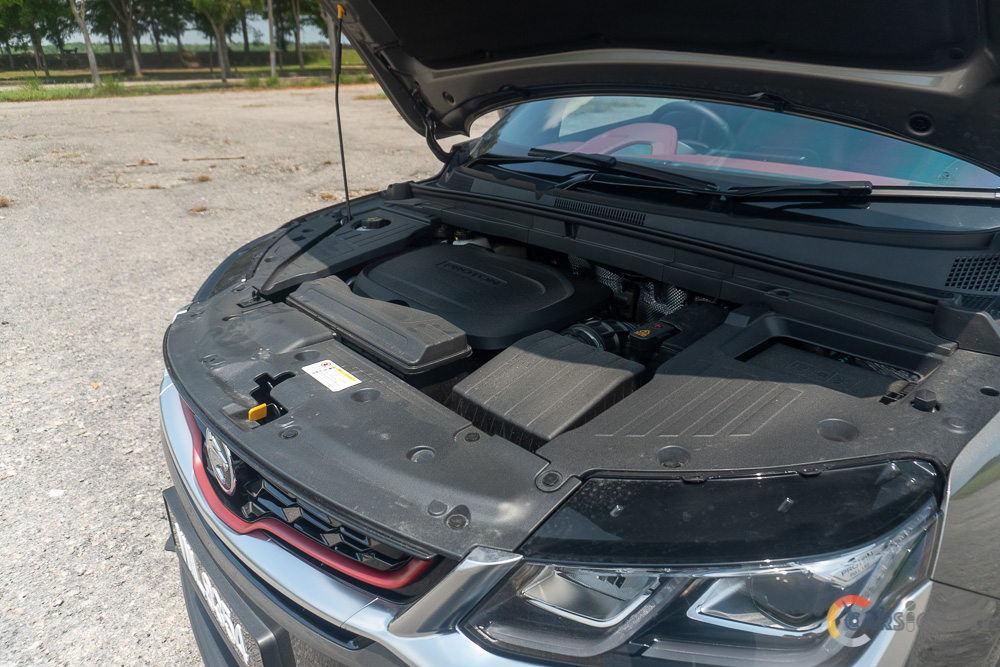
Another update Proton highlights is the X50’s upgraded infotainment system. Although Android Auto and Apple CarPlay are still unavailable, Proton claims that the processor is now much faster, allowing the system to boot up quicker and provide a smoother user experience. However, as I don’t have a way to compare this with the older model, I’ll leave it to current owners to judge. As an infotainment system, it performs as expected, but I am looking forward to the eventual inclusion of Android Auto. Additionally, the 360-degree cameras have been updated, delivering sharper and clearer images, which greatly aids drivers in parking. Lastly, all X50 models now come standard with a powered boot, enhancing the vehicle’s overall practicality. 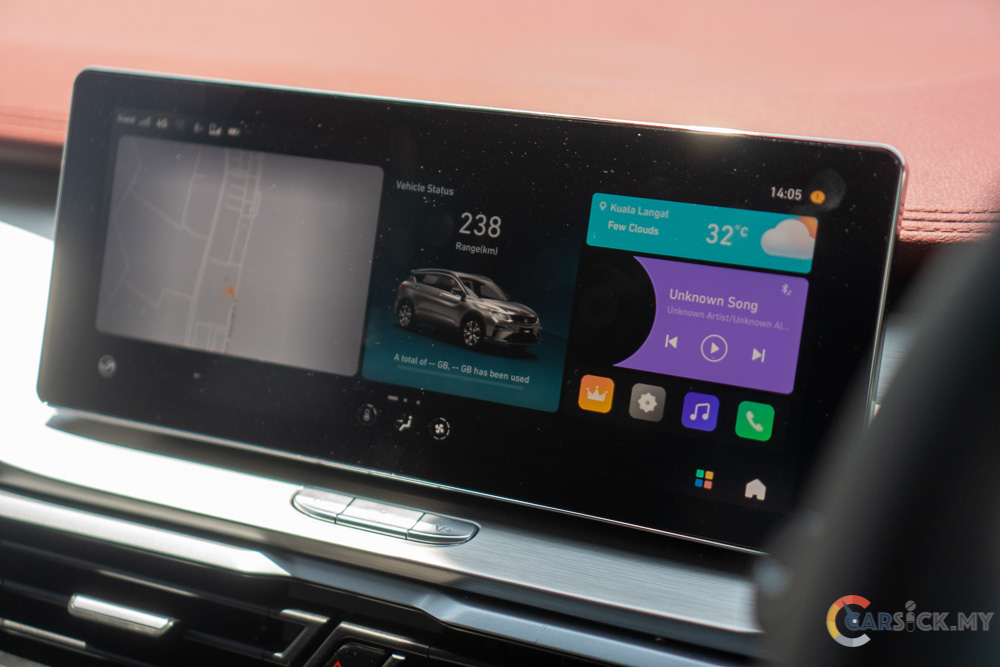
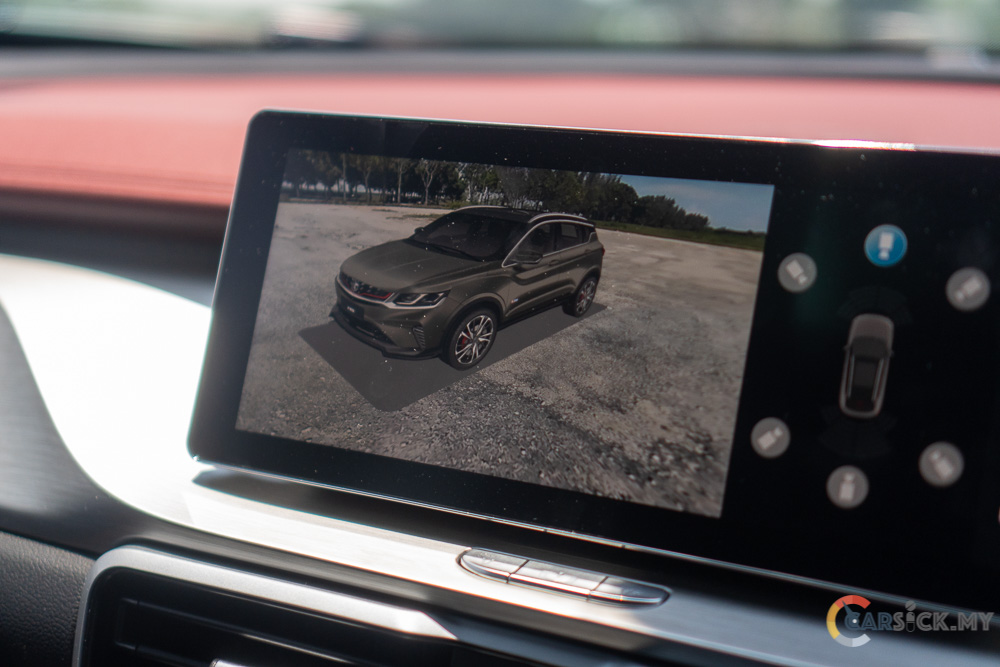
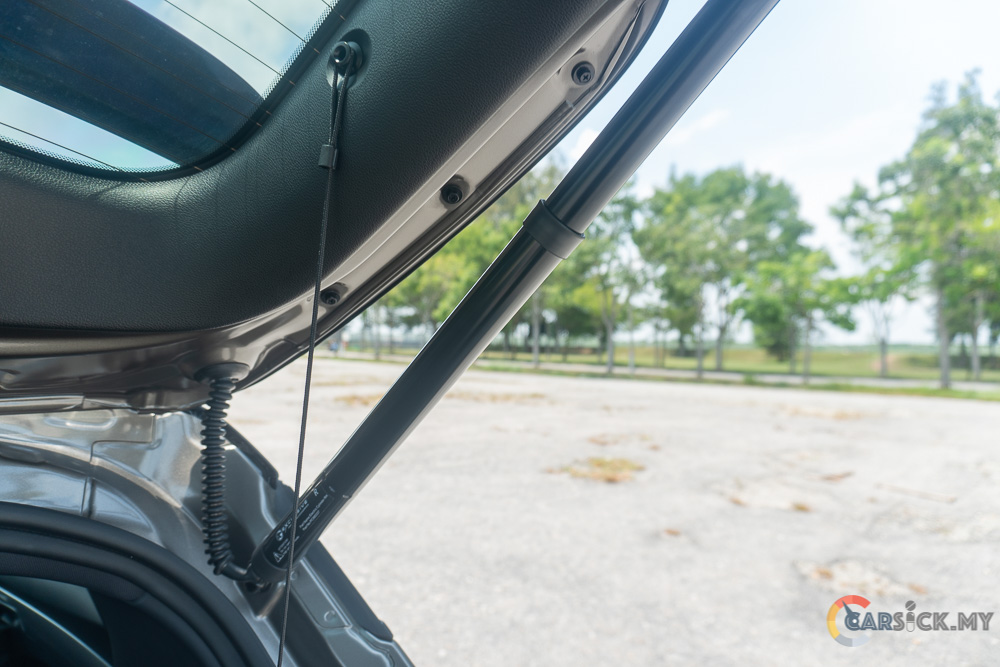
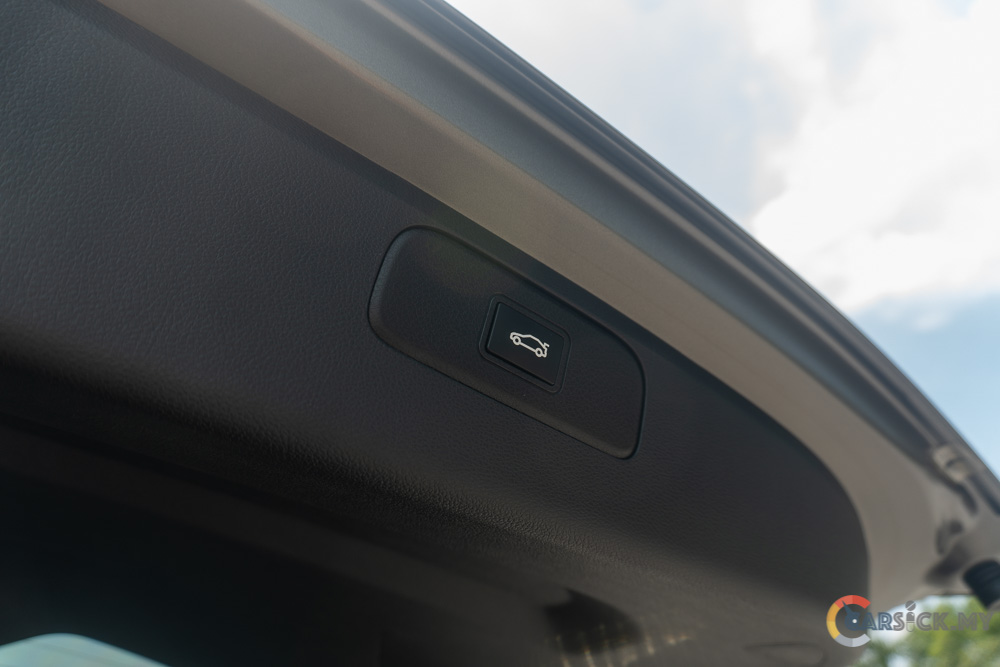
Since the powertrain remains unchanged, the driving experience is similar to when the X50 was first launched. However, the improved NVH levels make the X50 feel smoother than before. The cabin is noticeably quieter, even when cruising on the highway. Importantly, there are no rattling noises from the cabin when driving over uneven roads, which speaks to Proton’s engineering efforts. That said, at speeds slightly above the national limit, some wind noise can still be heard from the driver’s side window. But this is acceptable for a car at this price point. 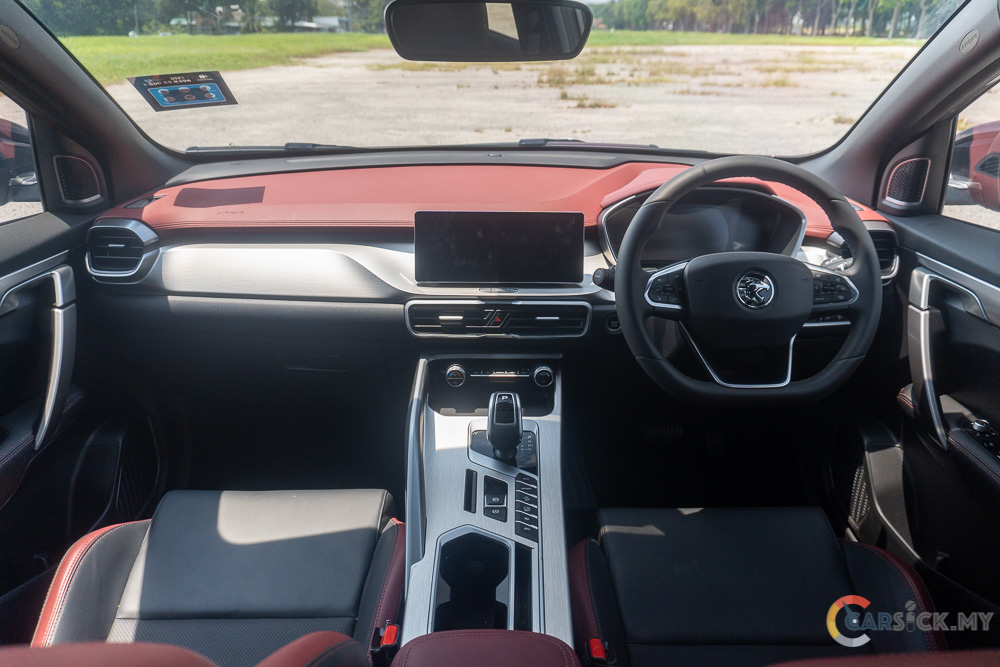
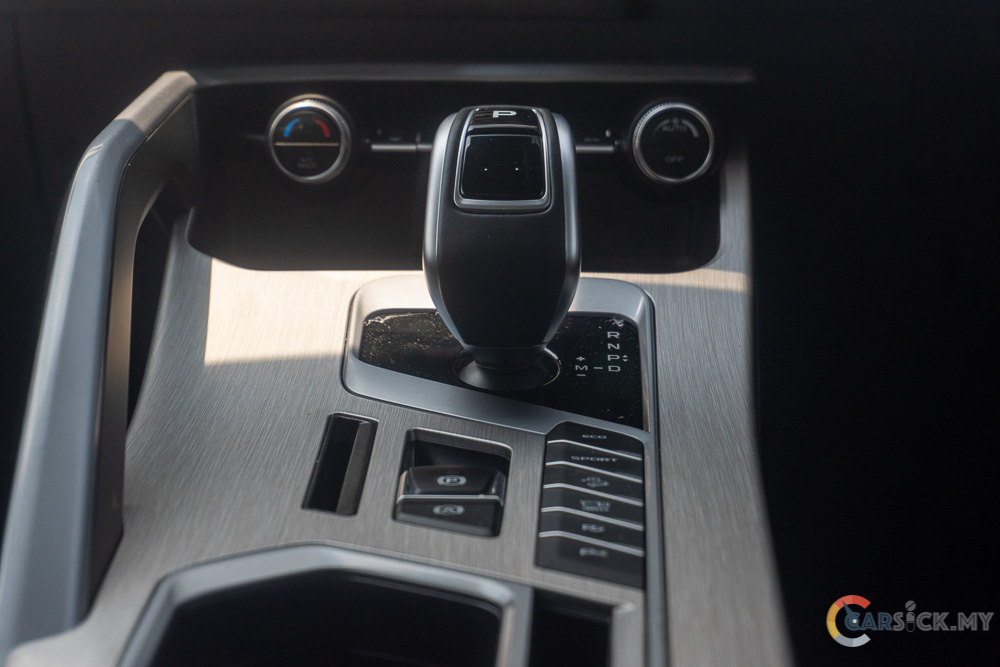
One area that could still use some fine-tuning is the transmission. The delay in clutch engagement from a standstill could be quicker. However, compared to the S70 I recently drove, the X50’s clutch engagement is significantly better. It’s passable, but there’s room for improvement. Beyond that, the X50 handles as expected. It offers decent handling for city streets, but when taking corners at higher speeds, understeer kicks in quite early, likely due to the front-heavy design, with inertia resisting the car’s rotation. I also find the steering on the lighter side. While this won’t be an issue for most drivers, car enthusiasts like myself would prefer slightly weightier steering for more confident cornering.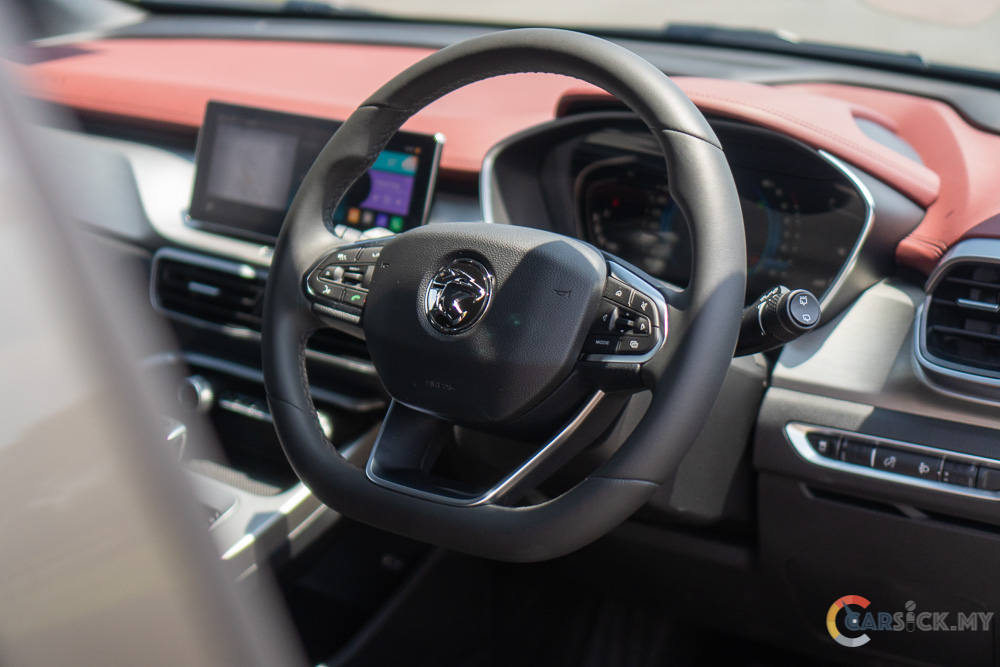
Although it may not be the newest B-segment SUV in the Malaysian market, the updates do refresh the Proton X50. Even with these improvements, Proton has managed to maintain the X50’s price at RM 113,300, making it an appealing option for new buyers. If you’re in the market for an SUV of this size, the X50 remains an easy choice. It may not be perfect, but it ticks many boxes that Malaysians look for in a daily vehicle.
Check out the full photo album here. 